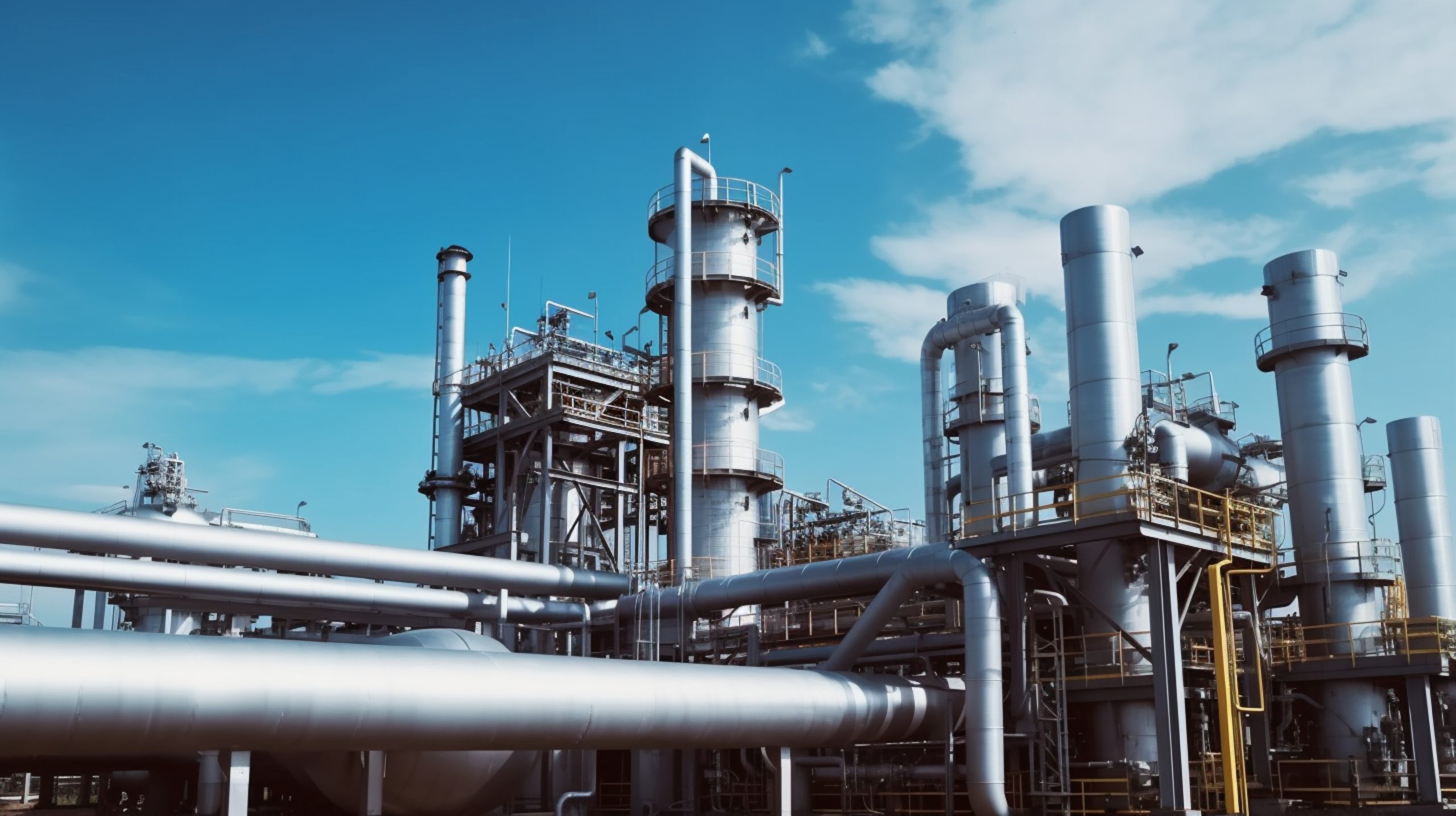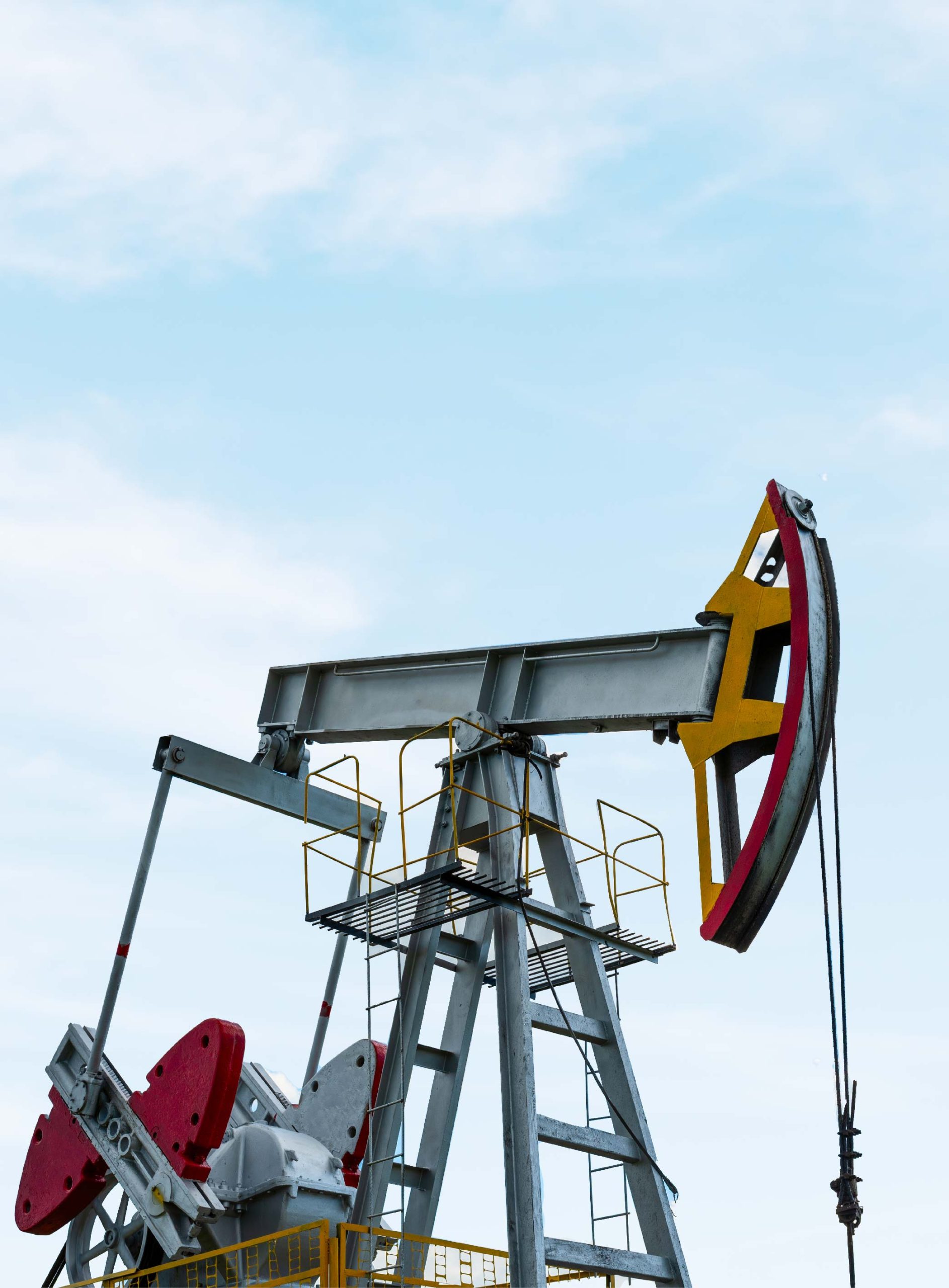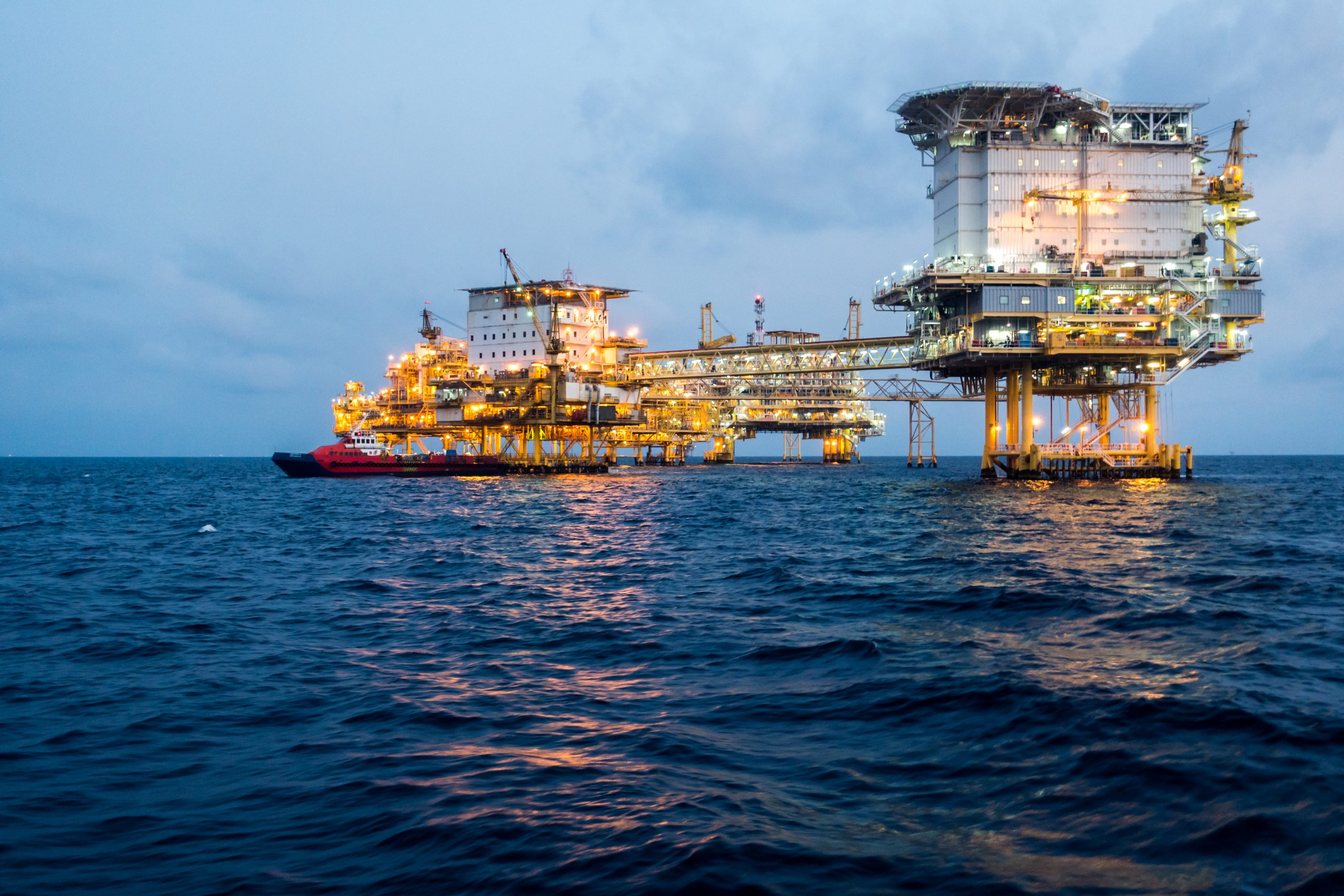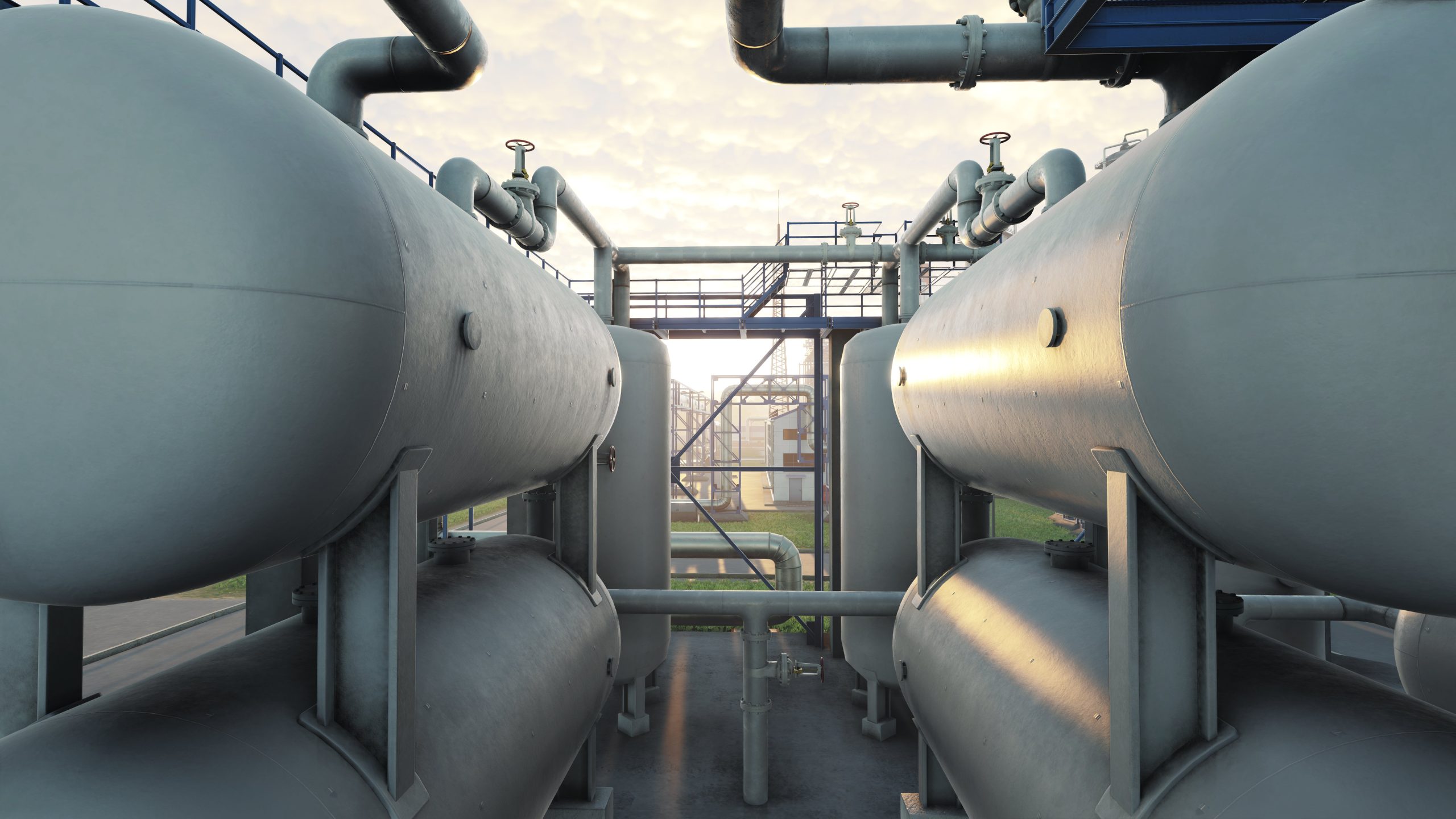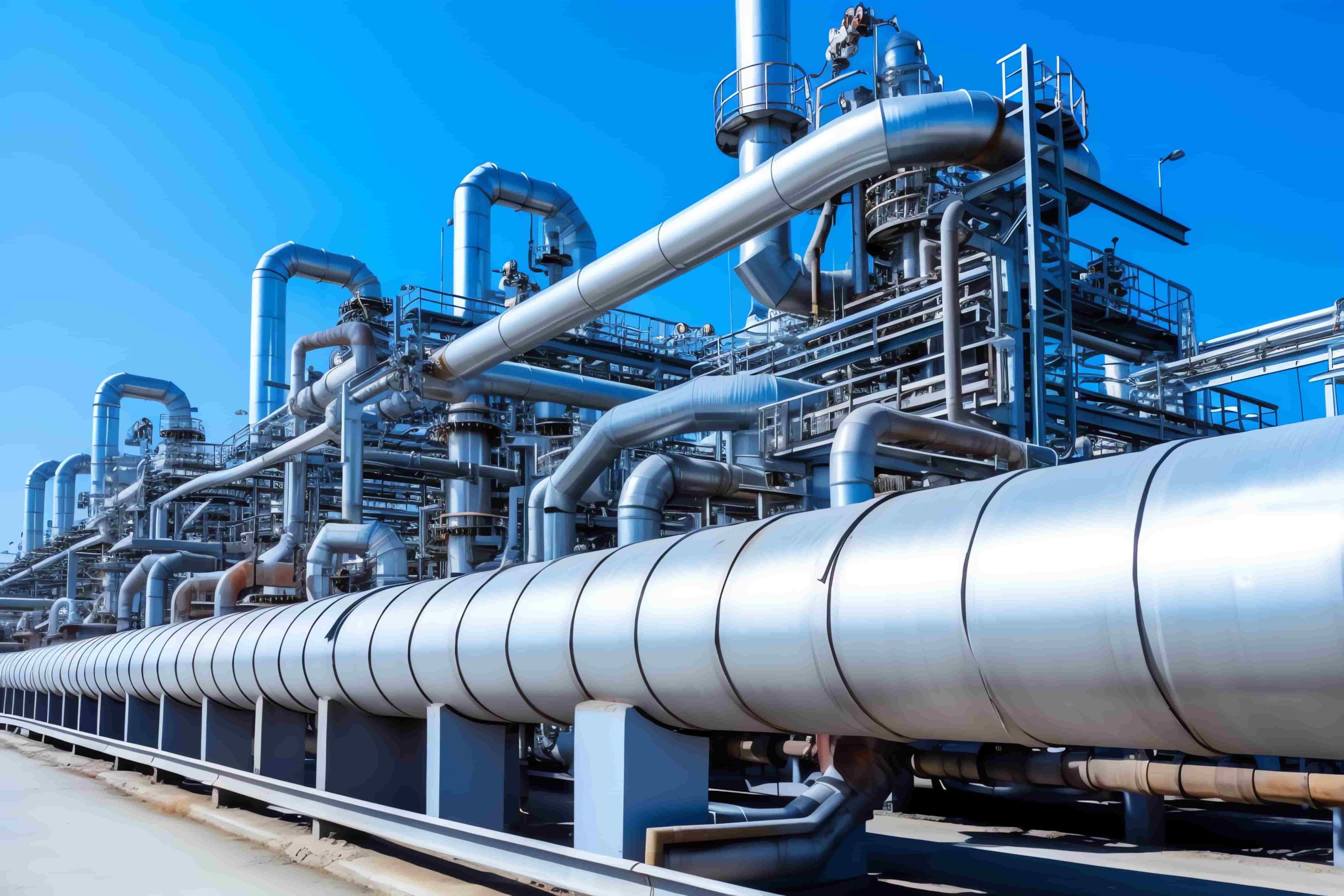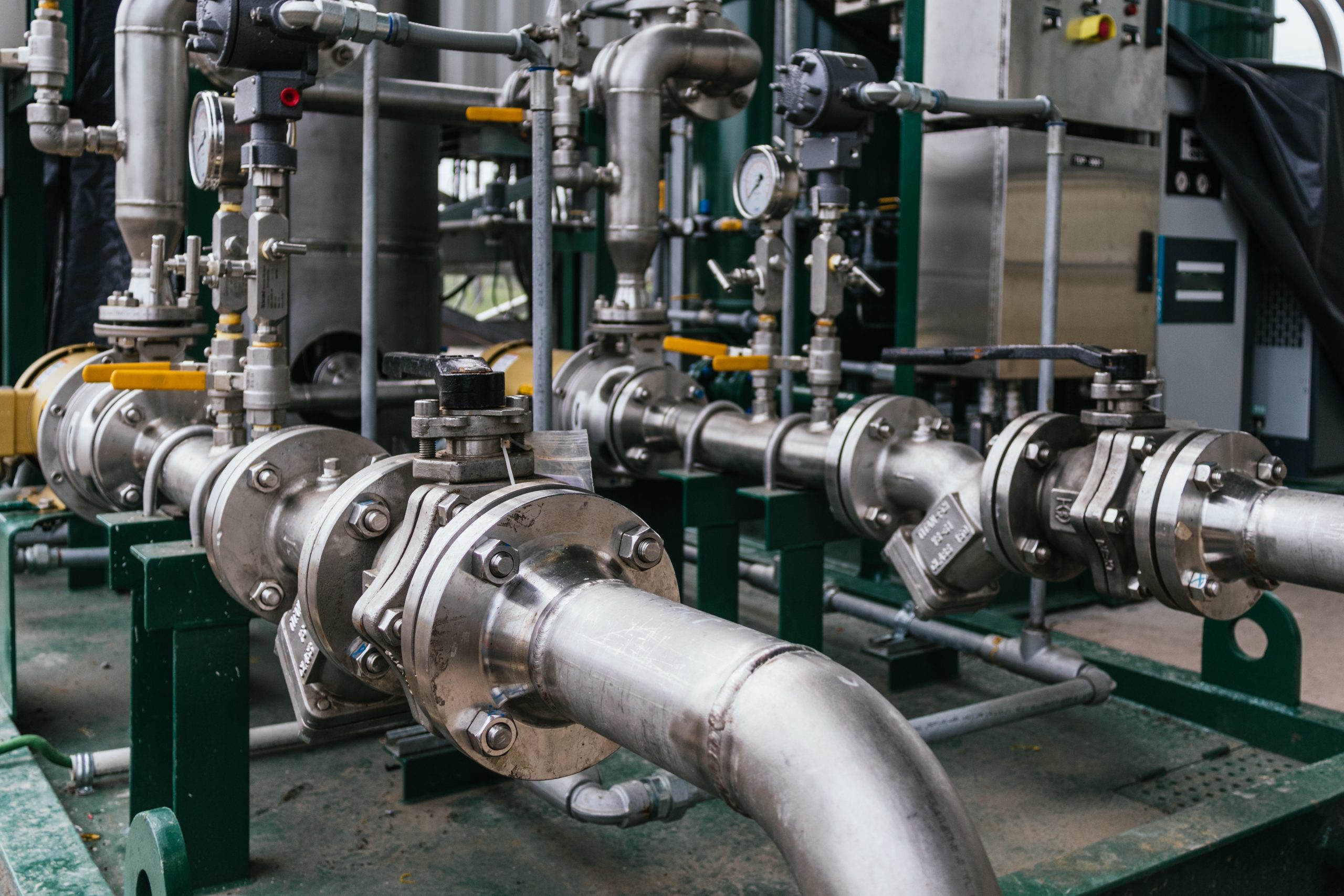Liquified Natural Gas (LNG)
LNG stands for Liquefied Natural Gas. It is natural gas that has been cooled to a point where it condenses into a liquid form for ease of storage and transportation. The liquefaction process involves reducing the temperature of natural gas to around -260°F (-162°C), at which point it becomes a clear, colorless, and non-toxic liquid.
Composition :
LNG is primarily composed of methane, with small amounts of other hydrocarbons. It is sourced from natural gas fields and can also be produced as a byproduct of oil extraction.
Liquefaction
Process :
The process of liquefying natural gas involves removing impurities and cooling the gas to extremely low temperatures. This makes LNG more compact and enables it to be transported over long distances in specialized cryogenic tanker ships.
Transportation :
LNG is transported in specially designed double-hulled ships equipped with cryogenic insulation. These ships are capable of maintaining the extremely low temperatures required to keep the gas in its liquid state.
Storage :
Once LNG reaches its destination, it is stored in large cryogenic tanks until it is needed. These tanks are designed to keep the LNG in a liquid state until it is regasified for distribution.
Regasification :
Before it can be used, LNG must be converted back into a gaseous state through a process called regasification. This can be done at receiving terminals, and the gas is then distributed through pipelines for various uses.
Uses :
LNG has diverse applications, including power generation, industrial processes, heating, and as a fuel for vehicles. It is considered a cleaner-burning fuel compared to some other fossil fuels, as it produces fewer emissions when burned.
Global Trade :
LNG is a key player in the global energy market, with significant trade occurring between countries. Exporters, such as Qatar, Australia, and the United States, play a crucial role in supplying LNG to importing nations.
Environmental Considerations :
While LNG is often considered a cleaner alternative to some traditional fossil fuels, there are still environmental concerns associated with its extraction, production, and transportation. Methane, the primary component of natural gas, is a potent greenhouse gas, and its release into the atmosphere can contribute to climate change.
Infrastructure
Development :
The utilization of LNG requires significant infrastructure, including liquefaction plants, regasification terminals, and transportation networks. Countries interested in incorporating LNG into their energy mix often invest in such infrastructure.

